Tracy is a self-employed embroiderer, specialising mainly in traditional embroidery including crewelwork, silk shading, and gold work.
She manages her own studio in Fowlers Yard, Durham City and teaches privately, and for the Royal School of Needlework.
Along with this, Tracy has compiled three books on goldwork, white work, both published by Batsford, and self-published crewelwork.
In this interview, Tracy tells about her passion for embroidery and how she puts a contemporary twist on traditional stitching. We learn how she manages her time and why she finds teaching inspirational.
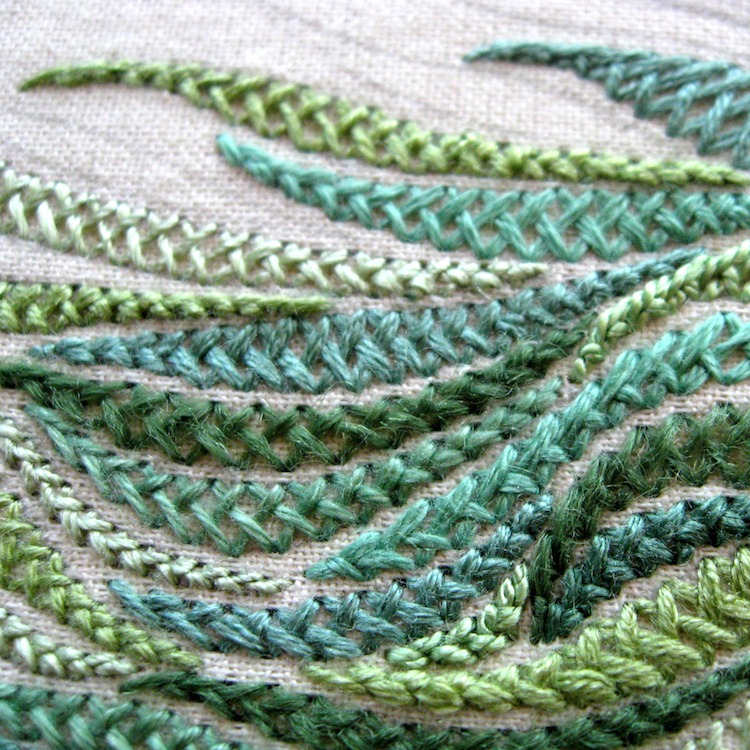
A tradition passed down
TextileArtist.org: What initially attracted you to textiles as a medium?
Tracy A Franklin: My maternal grandmother was a tailor in Newcastle upon Tyne, which influenced my mother, which influenced me. My paternal grandmother was a prolific knitter, so both were inspiring, and with my mother dabbling in embroidery when I was a child, I naturally picked it up!
I have always immersed myself in some kind of art and craft whether it is drawing, sketching, knitting, making, adapting, or creating something, but it is surface design, and detail that I am particularly interested in.
And, more specifically, how was your imagination captured by stitch?
When I left school, I really wanted to work in costume making, which I eventually did after some training at London College of Fashion. As time went on, I became more increasingly interested in detail whether it was fabric manipulation, machine embroidery, stitch, or embroidery.
After a short career in costume making, I was still ready to learn more before settling into a career path, so I applied to the Royal School of Needlework to learn more traditional techniques.
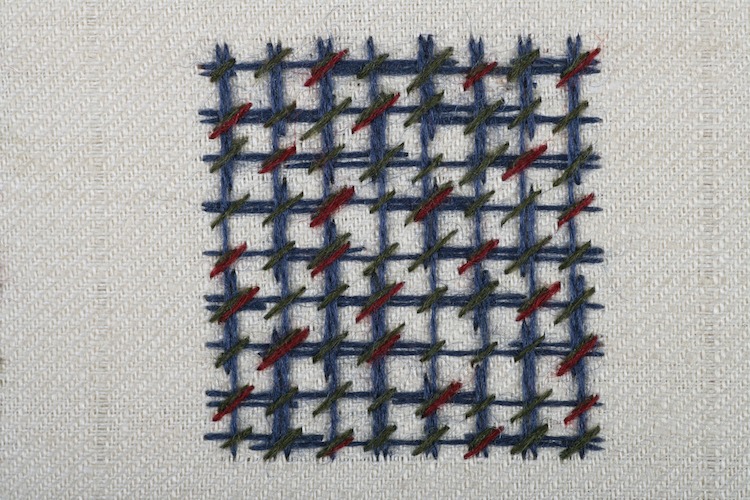
What was your route to becoming an artist?
I never really fully planned my career path, it all just happened as I went along. At each stage of my career path, I learn more of what I wanted to do, and what was available at the time, which set me forward onto the next thing. Experiencing all that I have, has given me plenty of opportunities.
If there is one thing I have learnt, it is what I set out to do is not necessarily what I eventually do as influences and experiences change that. There are things I never really consider that change my route, and thoughts along the way.
There was never a definite route, it all just evolved, which I prefer as it more inspiring, spontaneous, and surprising too! I also think I made the best choices that way.
Tell us a bit about your chosen techniques.
I trained at the Royal School of Needlework to be a professional embroiderer, but I never really set out to be just that. I did a City & Guilds part one course prior, as well as a costume-making course before I even thought of going to the RSN.
The RSN taught me traditional skills, which I love including crewelwork, silk shading, gold work, and some forms of whitework too. There are of course other techniques, but these are the ones I tend to focus on more.
Along with these, I have a passion for free machine embroidery, fabric manipulation, printing, and dyeing. I don’t teach these things, but I do like them all equally, and mixing them together where I can.
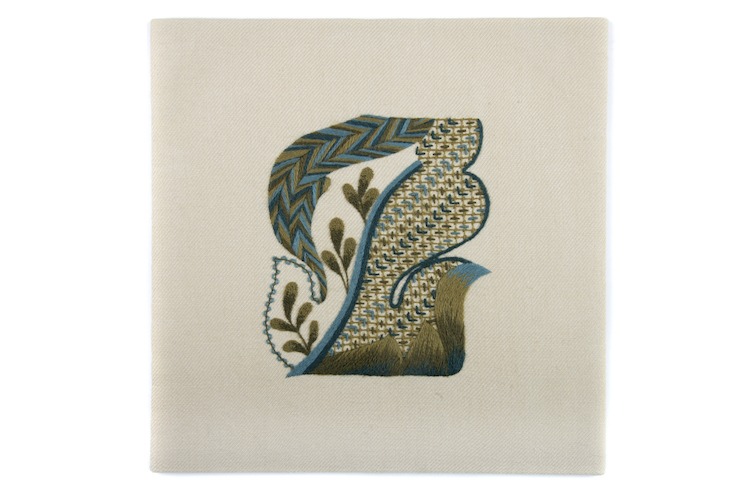
Contemporary traditional embroidery
How do you use these techniques in conjunction with embroidery?
I basically love to sample and share my ideas. What I do for myself is different to what I may do professionally, which influences everything I do.
I don’t really have much time, so just to create a small piece of embroidery or textile art, and dabble in other forms of stitch, is enough to satisfy my creativity from time to time.
How would you describe your work and where do you think it fits within the sphere of contemporary art?
What I think my work is, and what it actually is, maybe two different things, but personally speaking, I like to think I am a contemporary traditional embroiderer. I love contemporary art, but with good technique, and fine stitch detail.
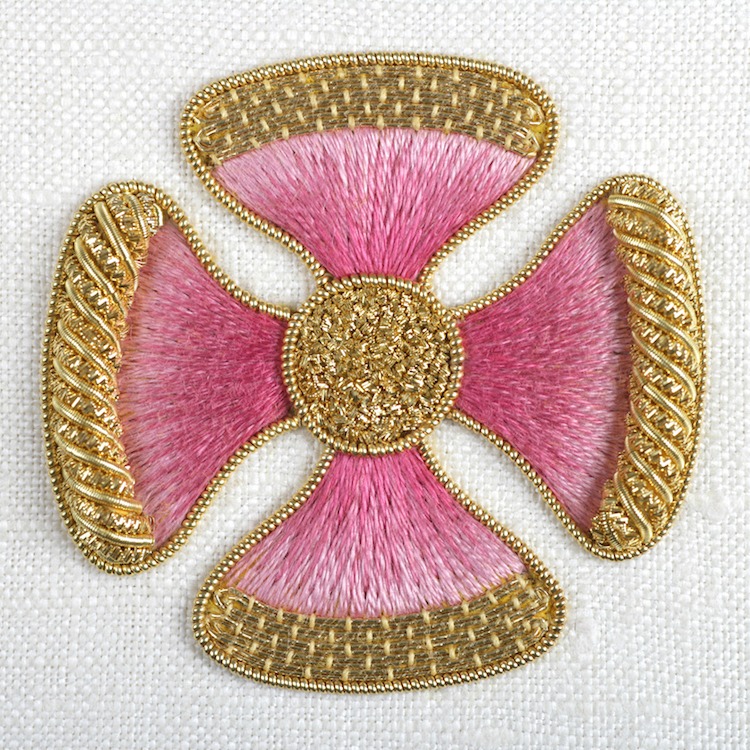
Do you use a sketchbook? If not, what preparatory work do you do?
I would like to say I do keep a sketchbook, and in some ways I do, but I am not prolific, or it is in short bursts.
I do like to sketch, with just paper and pencil, and form a design idea from there, but equally, depending on what I am trying to achieve, my preparatory work can vary where I may spend time collecting and sourcing, depending on what I am trying to achieve.
Tell us about your process from conception to conclusion.
Again, what I do professionally may differ to what I do to satisfy my creativity.
If I have a brief, sometimes I find that limiting, sometimes not, but when I am dabbling on my own, I have no plans, only limited time, so it concentrates my mind.
What environment do you like to work in?
Mainly in calm, and quiet, but not necessarily on my own, just where my thoughts and creativity take over, and I am able to immerse myself where I can be productive. Having limited time, and limiting what I have available at hand helps. Otherwise too much time and too much choice would alter that.
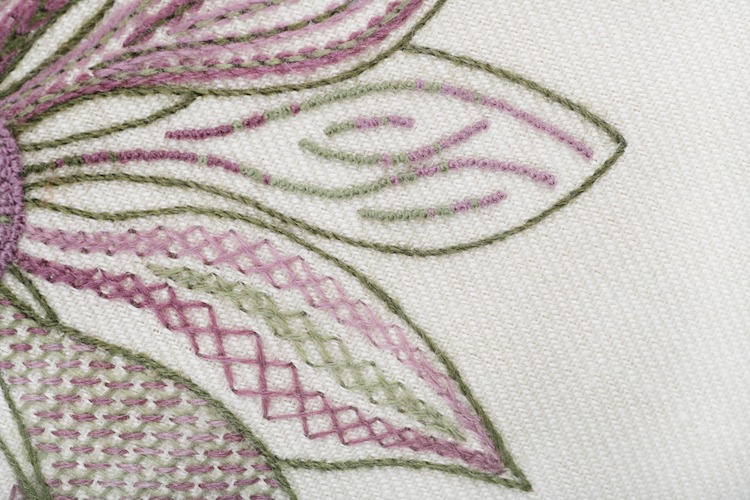
Ever evolving thoughts
What currently inspires you?
Many things inspire me, traditional old embroideries, couture fashion, classic interior design, technique, and detailing, to name a few.
More recently, now that I have a garden, and I walk to work to my studio in Durham city, nature is really inspiring me, the colours, the changes in season, the growth of plants, flowers, and shrubs.
Who have been your major influences and why?
I am constantly influenced by what is happening around me, my students, those I work closely with, the times we live in, what’s new, what’s in trend, what’s available, choices I have, etc . . . all influence me.
Over a period of time days, months, or a year or so, my thoughts evolve or change, and something that I obsessed over a few weeks ago, changes.
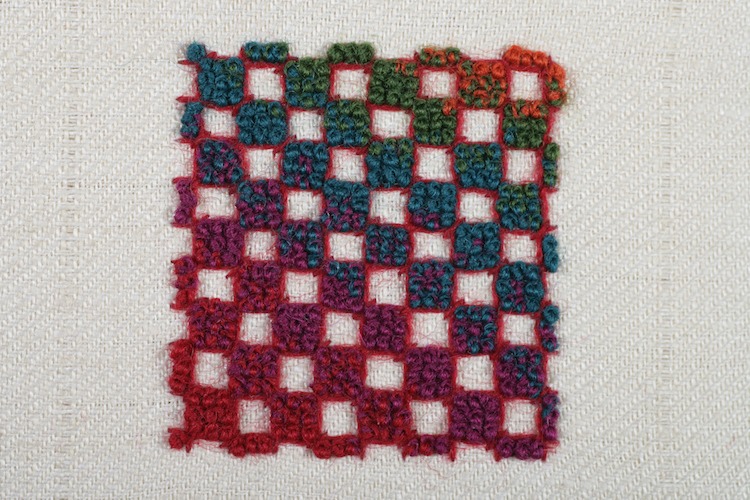
How has your work developed since you began and how do you see it evolving in the future?
Well, it is always evolving and developing, and that is what is so exciting for me!
When I completed my training at the Royal School of Needlework, I could have thought that I know it all, but there is always so much more. Learning those traditional skills was only the beginning, but I have explored those techniques over and over, and more recently, I have been on a few weekend workshops with notable textile artists, and have really enjoyed learning something completely different, but still along the lines of what I trained in.
I have tried to marry together new skills I have learnt with more traditional embroidery techniques when I have time to.
Can you recommend 3 or 4 books for textile artists?
There are two books I used a lot when I was training, that I still refer to today.
[easyazon_link identifier=”0852231644″ locale=”UK” tag=”wwwtextileart-21″]Good Housekeeping; Step by Step Encyclopaedia of Needlecraft by Judy Brittain. This was given to me when I was teenager. It is well illustrated, and it covers many techniques.
[easyazon_link identifier=”1445510790″ locale=”UK” tag=”wwwtextileart-21″]Mary Thomas’s Embroidery Book . A comprehensive book on many traditional techniques.
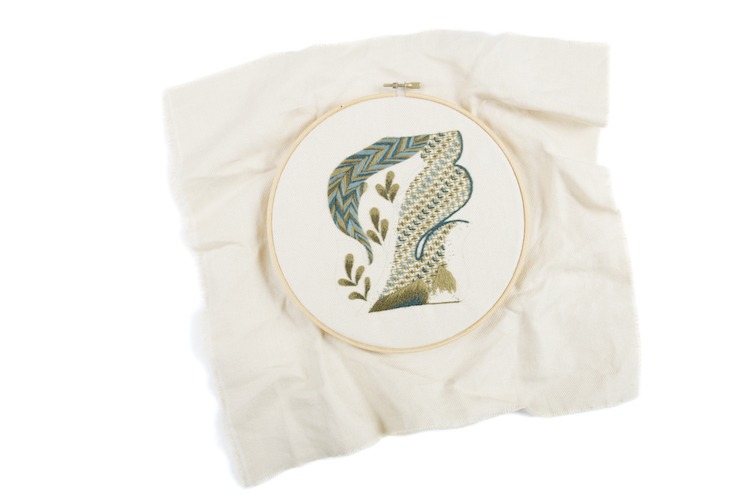
What other resources do you use? Blogs, websites, magazines etc.
I have a broad outlook on resources, which can cover art and artists in different forms, but also fashion, interior, nature, and much more, which I always bookmark, and refer to later.
My favourite magazine possibly of all time is World of Interiors.
What piece of equipment or tool could you not live without?
Basically, a needle and thread. Any needle, and any thread. I do use specific needles for different techniques, but when it comes down to it, I can adapt to any needle size and type.
I can work in or out of a frame, but as long as I have a needle in hand, I can create something on any fabric or material.
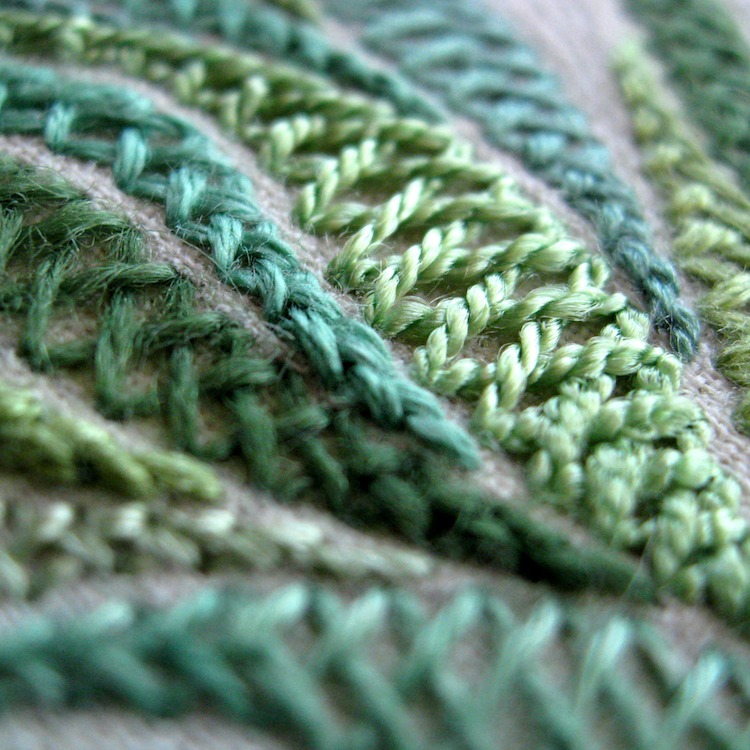
How do you go about choosing where to show your work?
I don’t really exhibit much, I have done so in the past, but over recent years, more teaching, and administration work has taken over, but I always dabble, collect, and get inspired.
When I do some work for pure self-indulgence, I show case it on my blog, or Instagram account as I like to share, and show I am still active too!
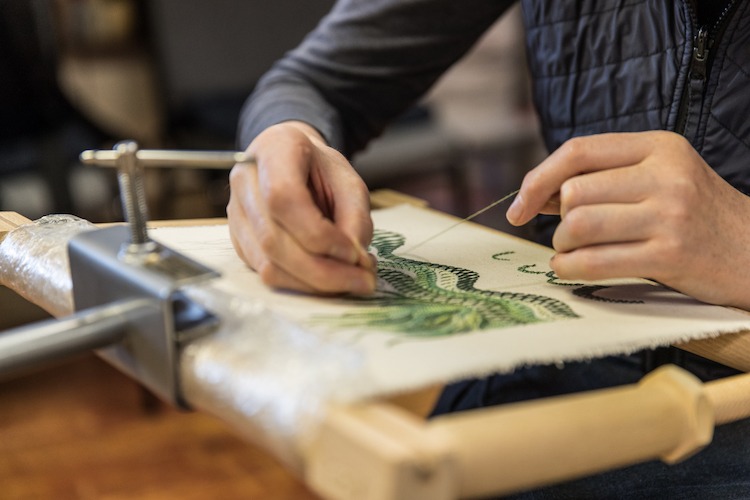
For more information visit: www.tracyafranklin.blogspot.co.uk or Instagram, Facebook and Twitter.
If you’ve enjoyed this interview why not share it with your friends on Facebook using the button below?
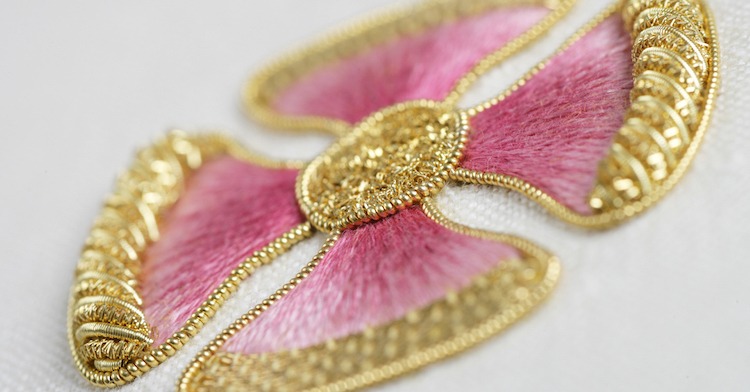
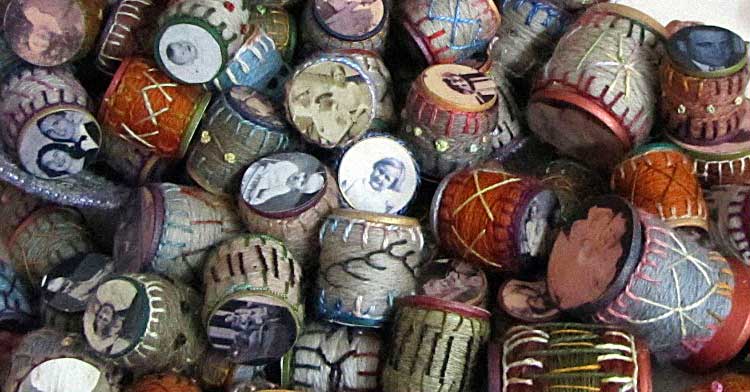
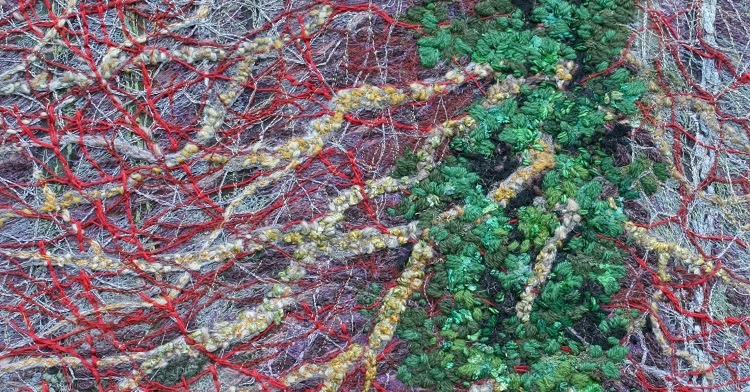
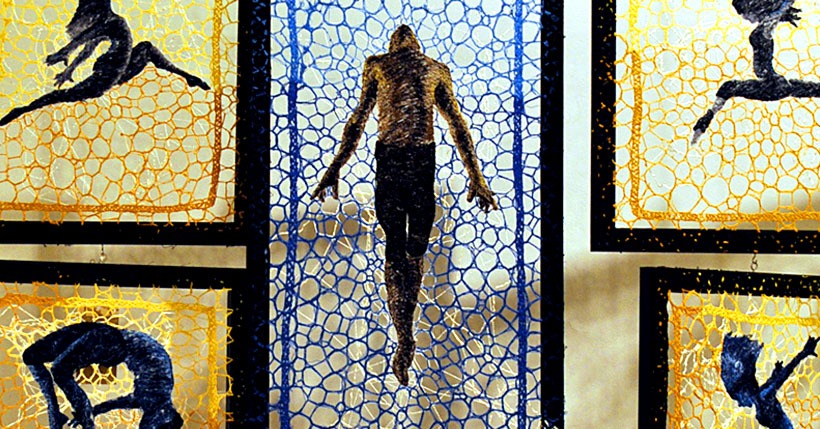
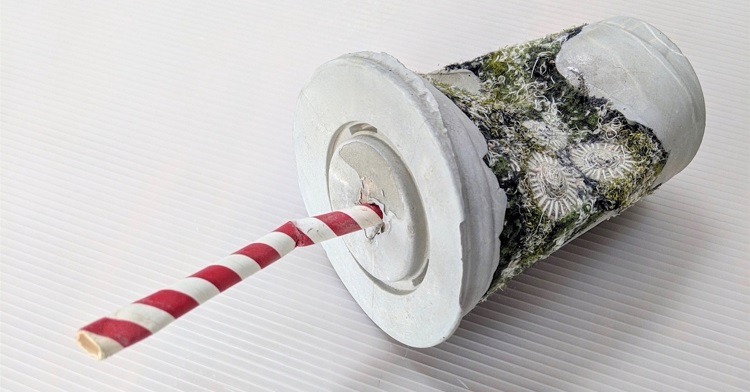
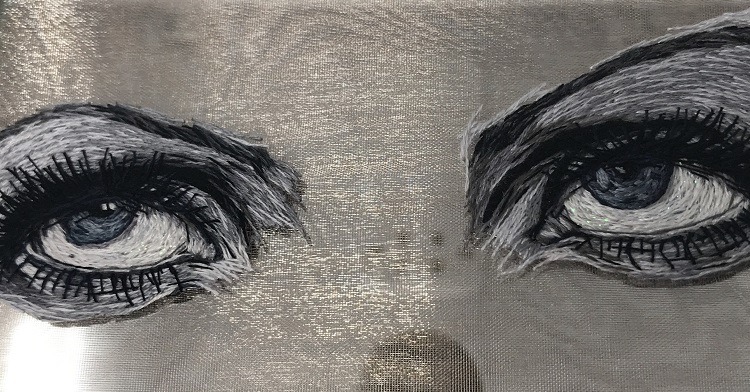
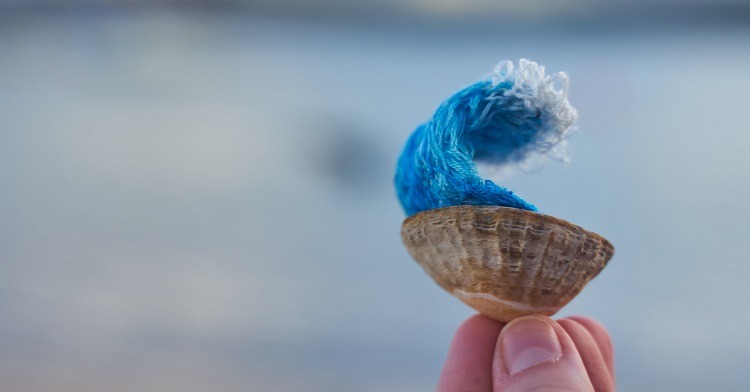
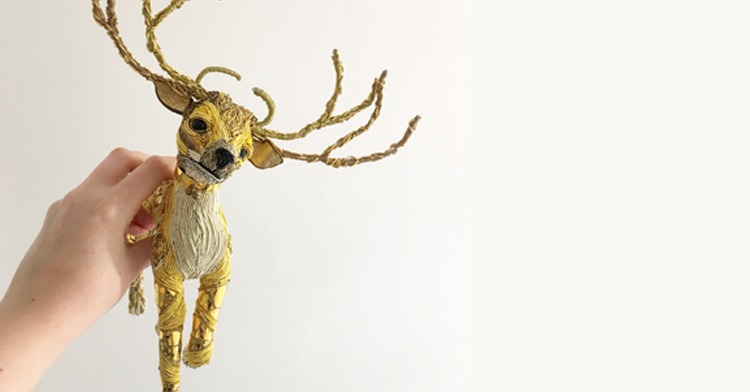
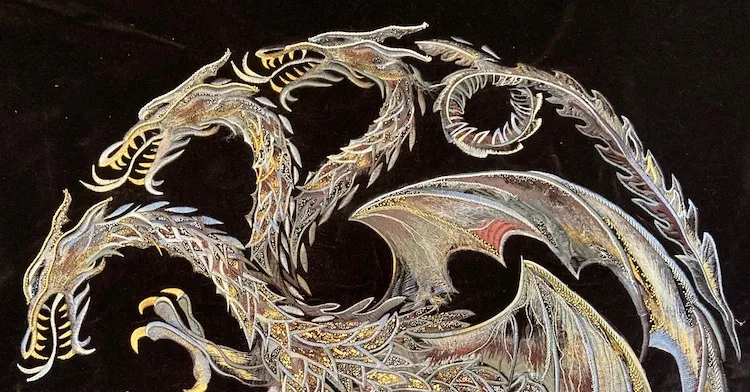
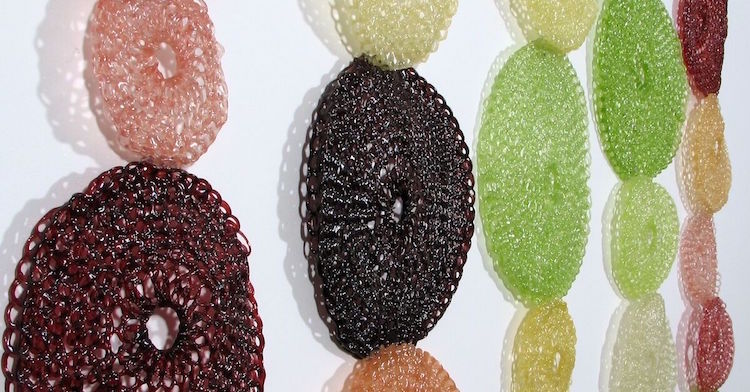
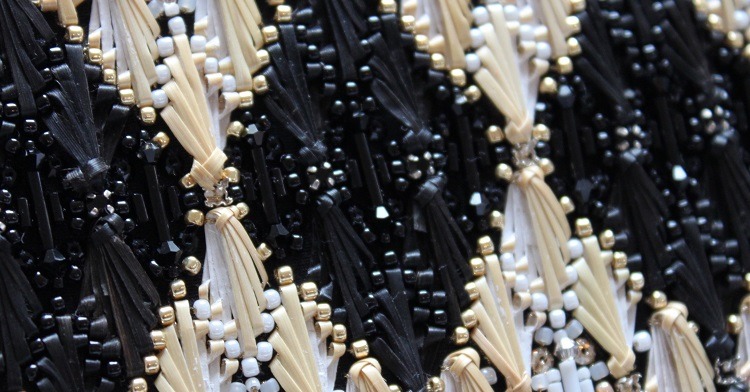
Comments